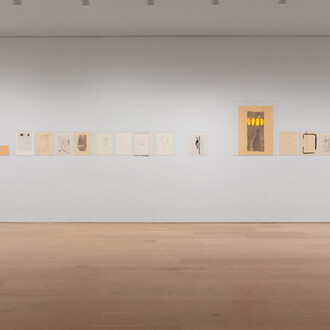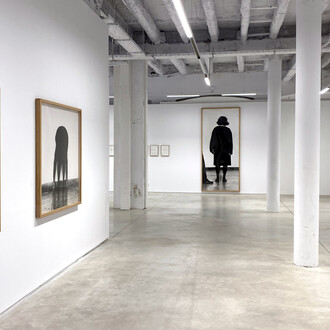Secrets of sixty remarkable clay figurines - up to 1,400-years-old and excavated by archaeologists from The Universities of Ghana and Manchester, and the Ghana Museums and Monuments Board – are revealed in an exhibition at Manchester Museum.
The beautiful objects - up to 31cm in height - take pride of place at the Museum, part of the University, the first time they have been seen publicly outside Ghana. The figurines, including two-headed humans, a chameleon, a crocodile and a man on horseback, are thought by the team to have been used to invoke the help of ancestors to cure illnesses.
Using computed tomography scanning techniques at The University of Manchester, the team revealed hidden channels within the objects which they think had a medicinal function, used for liquid ritual offerings. The figurines show people with congenital conditions including anencephaly - which still affects children in Africa today. Others depict costumes, ornaments and weapons that were worn and used, as well as animals that had symbolic roles. Some figurines in the collection were also possibly ‘scapegoats’, intended as the focus or recipient of disease and misfortune rather than their human keepers. The figures have been dated to between the 6th and the 14th centuries.
Further analysis by the team, led by Professor Benjamin Kankpeyeng from The University of Ghana working with Professor Timothy Insoll from The University of Manchester, will show what liquid ritual offerings were actually used. The figurines were found in a village called Yikpabongo in Koma Land in the north of Ghana. They come from two mounds thought to be used as a shrine by the makers of the objects.
Because the figurines are highly sought after in the art market, some mounds in the region have been illegally excavated. They have been added to the International Council of Museums Red List, a register of archaeological material at risk.
Professor Kankpeyeng said: “These figurines are unique to the region and offer an insight into aspects of past human beliefs, ways of understanding and creativity. This has not always been possible, where there is no tradition of making representations, or when they simply have not survived. Their exquisite and consistent appearance obviously required a great deal of skill, suggesting those who made them were a specialist occupation. Unfortunately, some of the mounds have been illegally excavated to obtain figurines to sell and The Ghana Museums and Monuments Board and other national, regional, and local stakeholders continue working hard to combat this. The people of the villages of Koma Land have a keen sense of the figurines as part of their heritage and deeply resent the unethical trade in such material.”
Professor Insoll said: “Little is known about the people who made the figurines, who have no connection with Koma Land’s current inhabitants. In fact, we know little in general about the past in this part of Ghana, because there are few historical sources before the late 19th century and oral traditions are scarce. But archaeology is unlocking some of the secrets of the past, and this project shows what can be achieved. We now know the figurines may have had ritual and medicinal functions and the mounds they were found in were perhaps medicine shrines, or places for disposal of material considered dangerous if disposed of correctly.”
Dr Nick Merriman, Director of Manchester Museum said: “We are very proud that this exhibition actively involves Ghanaian archaeologists and Ghanaian museum curators who are coming to Manchester to support it.”
Manchester Museum
The University of Manchester
Oxford Road
Manchester M13 9PL United Kingdom
Ph. +44 (0)16 12752648
museum@manchester.ac.uk
www.manchester.ac.uk/museum
Opening hours
Daily from 10am to 5pm














